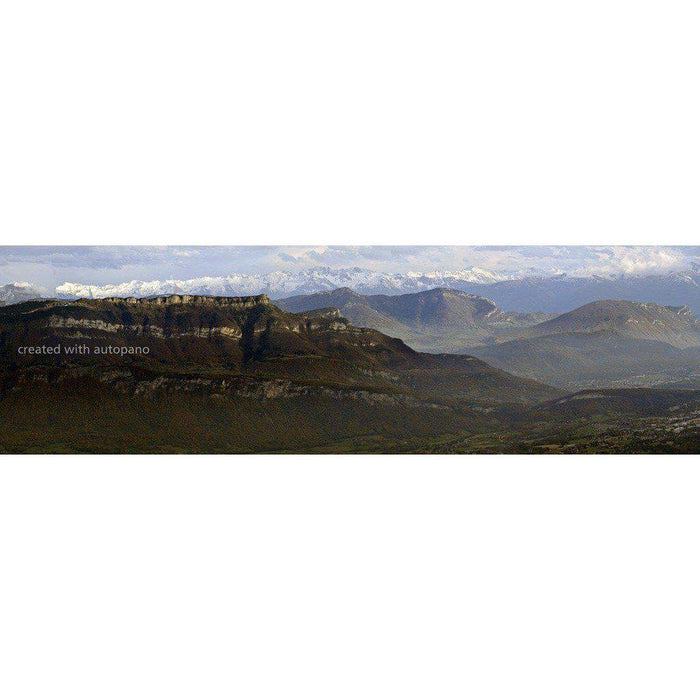

Did I capture this scene, or did I create it later on my computer? The world of digital photography allows for limitless digital modification of images. It’s pretty simple for most images to me. Clearly, this is something highly subjective, so you are going to have to figure out where the line is for you. It has crossed a line into something new that is created in post processing.


All of these things may look real, but the end image is something that is no longer captured as far as I am concerned. We call the “visual effects shots.” They might be totally transparent things that you wouldn’t notice unless someone told you – the removal of unwanted freckles on a face, the removal of reflections from a car, sky replacements, etc – or it could be completely obvious like adding the Lizard in a scene from the forthcoming Amazing Spiderman movie. Think of it as “animated Photoshop” where images get combined in sequence to show movement rather than the single frame static scenes of photography. I make my living as a compositor working on visual effects for movies. The quality of light is all there before the camera, recorded onto a piece of film or recorded by the electrical impulses of a CMOS or CCD sensor. What I mean by that is that the landscape itself existed at the time I clicked the shutter. I try to keep things real when photographing landscapes. The fun for me is in capturing something amazing that happens, and then sharing my interpretation of that through the artistic tools of photography.

Lets begin.įor me photography is largely an interpretive art. I thought I’d use this image as an example of how I will approach photographic post processing, as well as taking you through the steps I took with the “Wow” panorama to arrive at the final result. “Thank you!” I shouted to the landscape as I trudged back to my car through the 8 inches of salty water. “Wow” is what I said to myself repeatedly out loud into the emptiness of the valley. My second night on the first trip to a flooded Badwater would yield this panorama. You can read more about my January 2011 adventures in my Tales of a Flooded Badwater posts – part 1 and part 2. I vowed to keep an eye on the weather in the future, and winter 2010-2011 would give me the chance to capture this rare event. Images of a flooded Badwater amazed me, and so did the thought of kayaking across this miniature lake, something no humans probably had ever done. During that research I discovered the flood of February 2005. Not long after that first visit, I immersed myself in reading about this park and it’s amazing landscapes. I fell in love with Death Valley after my first visit in January 2008 with my friend and fellow photographer Robert Mance. This was an opportunity I was waiting for. The entire basin was covered with a temporary lake. Instead of that interesting and otherworldly scene, a dramatically different landscape greeted me. Unusually heavy rains hammered the valley in December 2010, resulting in a flood of this lowest point, which is typically a salt flat with polygonal fractures forming miniature salty techtonic plates as far as the eye can see. The setting is Badwater, the lowest point in North America in the heart of Death Valley National Park. “WOW” was pretty much the only thought I could think as I witnessed the most intense and amazing sunset spectacle yet to appear before this photographer’s eyes. While getting ready to print some of my all time favorite photos, I took a closer look at the panorama I simply called “WOW” back in January 2011.


 0 kommentar(er)
0 kommentar(er)
